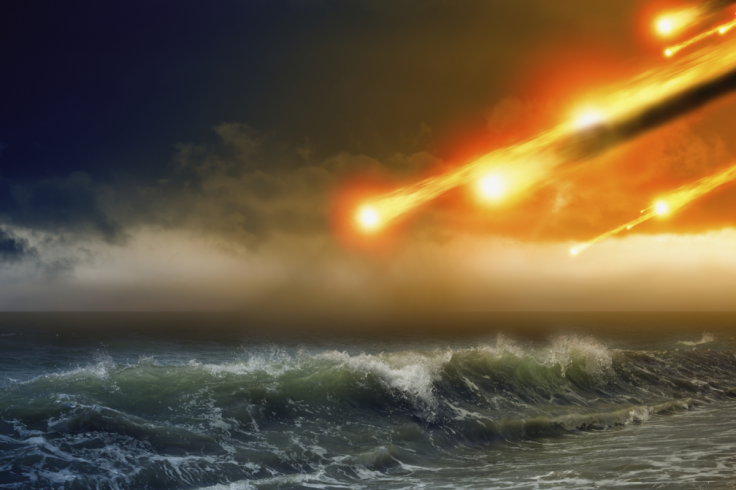How deep-sea creatures survived dinosaur-killing asteroid revealed

The mystery of how deep-sea creatures managed to survive the mass extinction event that wiped out the dinosaurs, and most other life on Earth, has been solved by scientists. By analysing fossilised shells, they showed some forms of algae and bacteria survived the asteroid impact, and that this trickled down from the surface to provide a constant source of food for these deep-sea animals.
"The global catastrophe that caused the extinction of the dinosaurs also devastated ocean ecosystems," said Heath Birch, lead author of the study published in the journal Geology. "Giant reptiles met their end as did various types of invertebrates such as the iconic ammonites."
It was widely believed that the asteroid destroyed all free-floating algae and bacteria, cutting off the food supply for deep-sea creatures. Despite this, they did not go extinct. How they managed to survive has become a long-standing question from this period of history.
The researchers analysed the chemical make-up of fossilised organism shells from the Atlantic Ocean. These creatures lived on both the sea surface, and the sea floor.
Birch and colleagues from the University of Cardiff compared the chemical composition of both sets of organisms. This meant they were able to find out how – and how much – organic matter moved from the surface to the ocean depths following the asteroid strike.
They suggested that small amounts of algae and bacteria were constantly supplying organic matter to bottom-dwelling sea creatures.
The researchers also discovered that the food supply in the ocean was fully restored 1.7 million years after the asteroid strike. This means the food chain sprung back twice as quickly as scientists previously believed.
"Our results show that despite a wave of massive and virtually instantaneous extinctions among the plankton, some types of photosynthesising organisms, were living in the aftermath of the asteroid strike," said Birch.
She added: "This provided a slow trickle of food for organisms living near the ocean floor which enabled them to survive the mass extinction, answering one of the outstanding questions that still remained regarding this period of history."
© Copyright IBTimes 2025. All rights reserved.






















